A Photographer’s Obsession with Trains and their Hidden Potential

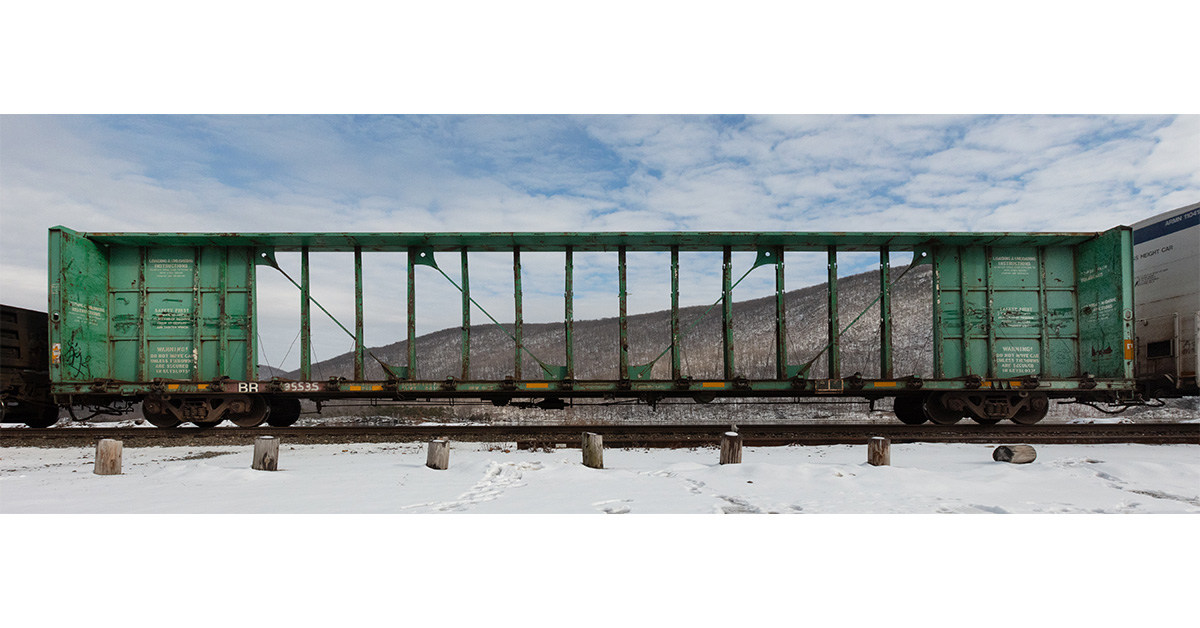
Stephen Mallon is well known for his series “Next Stop Atlantic” that captures the intersection between the mechanical and the natural world. The photographs document decommissioned NYC subway cars being repurposed into artificial reefs. His work plays an ode to the silent life cycle of inanimate objects that we normally take for granted; case in point, these submerged Redbird train cars which no longer serve a functional purpose and are getting a new shot at providing a safe haven for marine life.
His new show, “Passing Freight,” is on view at the Front Room Gallery through March 15th. This exhibition captures the unique beauty and functionality of freight trains, which transport a vast array of goods and resources across the U.S. In 2018, there were 1,637,000 freight trains in operation across North America and this ongoing series captures active rail lines from New York to California. Even for Mallon who is clearly a railway enthusiast, I was curious about the amount of planning this series required in order to figure out where Mallon could safely camp out in order to get a clear view of these locomotives, looking up freight train schedules ahead of time—not to mention the hope that the weather, light, and everything else will cooperate in order to capture a clear shot of these speeding trains.
 All photographs are taken by Stephen Mallon and are part of his series “Passing Freight” currently on view at Front Room Gallery. Photographs courtesy of the gallery.
All photographs are taken by Stephen Mallon and are part of his series “Passing Freight” currently on view at Front Room Gallery. Photographs courtesy of the gallery.
If you’ve ever heard a lone train whistle breaking the night’s dead silence while you are trying to fall asleep (although probably not a common occurrence here in New York City), these photographs evoke that sense of loneliness, isolation, and sense of mystery as these trains hurdle forward across America.
I had the pleasure of meeting Mallon for coffee, in his hometown of Beacon, NY. We discussed his passion for trains, the material reuse that is a reoccurring theme in is his work, and what else is coming down the pipeline for him.
I love your analogy that freight trains are similar to the human brain in the sense that different synapses are constantly firing in our brains, and without us even thinking about it, these connections are critical to our being able to function. Freight trains are unsung heroes when it comes to items being transported across the US. Can you give us a quick introduction to how this project began?
Thank you! I have been shooting trains my entire career, always working out how to capture the energy, power, and function that they serve in my images. My latest study on mass distribution, “Passing Freight” became an obsession when I discovered my first location for the project. There is a freight line that runs along the Hudson River with numerous spots where the trains are unobscured by fences or forest. When I was sitting there watching the freight go by, I realized there were so many unique aspects of each car that are worth capturing. How the cargo, color, and light come together are in these fleeting moments that only occur once and are an exciting part of the picture hunt.

I’m sure there was lots of travel involved to capture these moments. How did you know when the “Passing Freight” series was complete?
It’s just begun! I am going to be working on this project for a number of years to come. I plan to continue my exploration to capture these in a wide variety of locations.
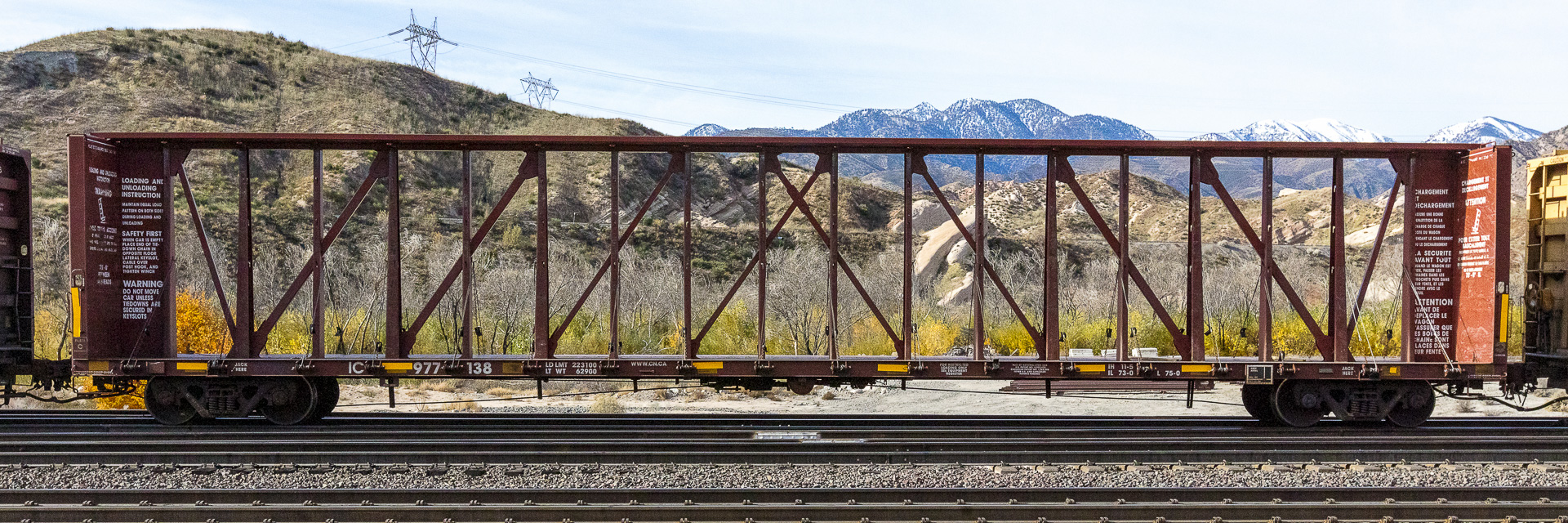
Your work has focused a lot on the interaction between man-made objects (subway cars, freight trains, planes) and the natural world. You give a lot of thought to objects that a lot of us use frequently, but don’t give much thought to our dependency on them. Was this an intention that you had first set when you started shooting your different series?
Material use and reuse has been a passion of mine for years. The waste, carbon, copper, paper, steel, roads and the infrastructure that supports it. Ranging from the wires in every device that we communicate with to the ways to repurpose vessels, this exhibition is a nice bridge capturing the transport of both new and used goods and material.
One other commission that did cover current use was the construction of PRELUDE, the largest floating structure ever built. Its 1,600 feet in length and the displacement of six nuclear aircraft carriers, it will be processing natural gas for Hong Kong off the coast of Australia for the next 25 years.
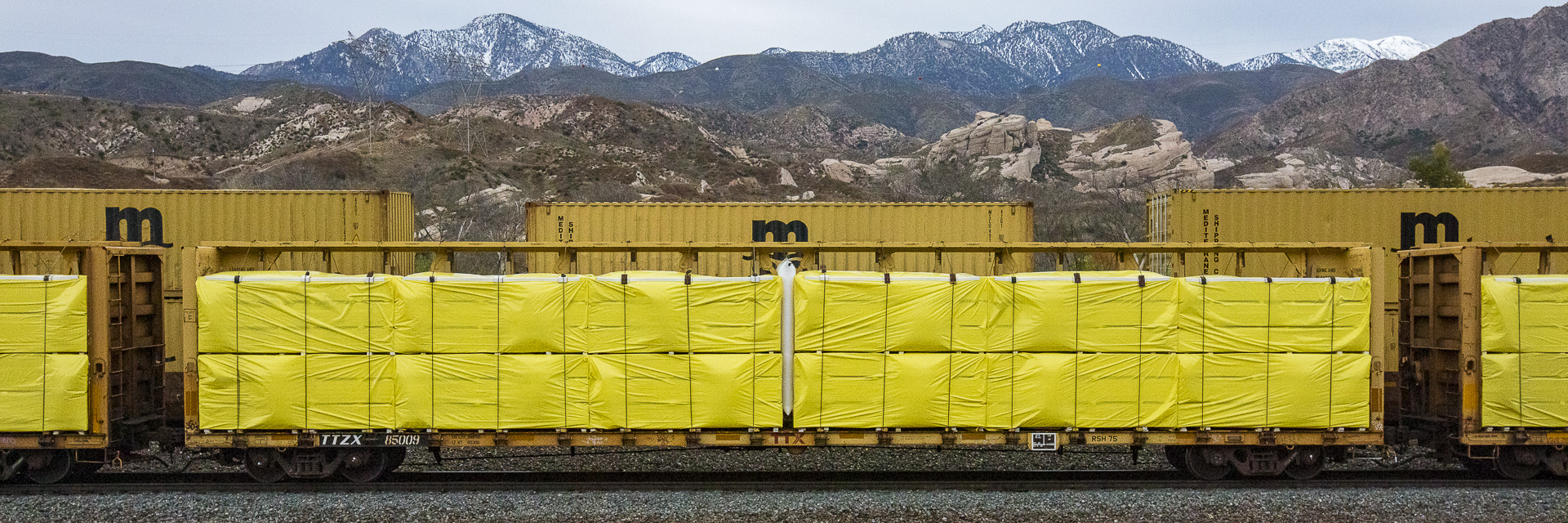
While doing a bit of research, I came across an article where an editor described your work as “dystopian,” which is actually the exact opposite reaction that I have to your work! Have you ever thought about your works being little dystopian snippets?
That quote might be referring to the images from the Salvage of Flight 1549 where Capt. Sullenburger’s Airbus 320 wing is sticking out of the Hudson River. There is also a dystopian feeling of a few of the images from “Next Stop, Atlantic” and “Reefing of the USS Radford” where water is rushing into the sinking vessels and trains. I am not seeing these moments through a negative lens, quite the opposite.

During our meeting, you mentioned that you’ve always loved trains. I think that your passion shines through and that your different series are an ode to the silent life cycle of inanimate objects. Have you ever thought about switching your focus?
My work has evolved over the years. I directed my first film in 2011 which lead me to numerous interesting projects for the New York Times Magazine, NYCDOT, and others. I do have a few delusions of grandeur including some forced recycling, I want to drop a bus from a crane, and build some more artificial reefs. I called the airforce last year to see if I could get an old cargo plane…
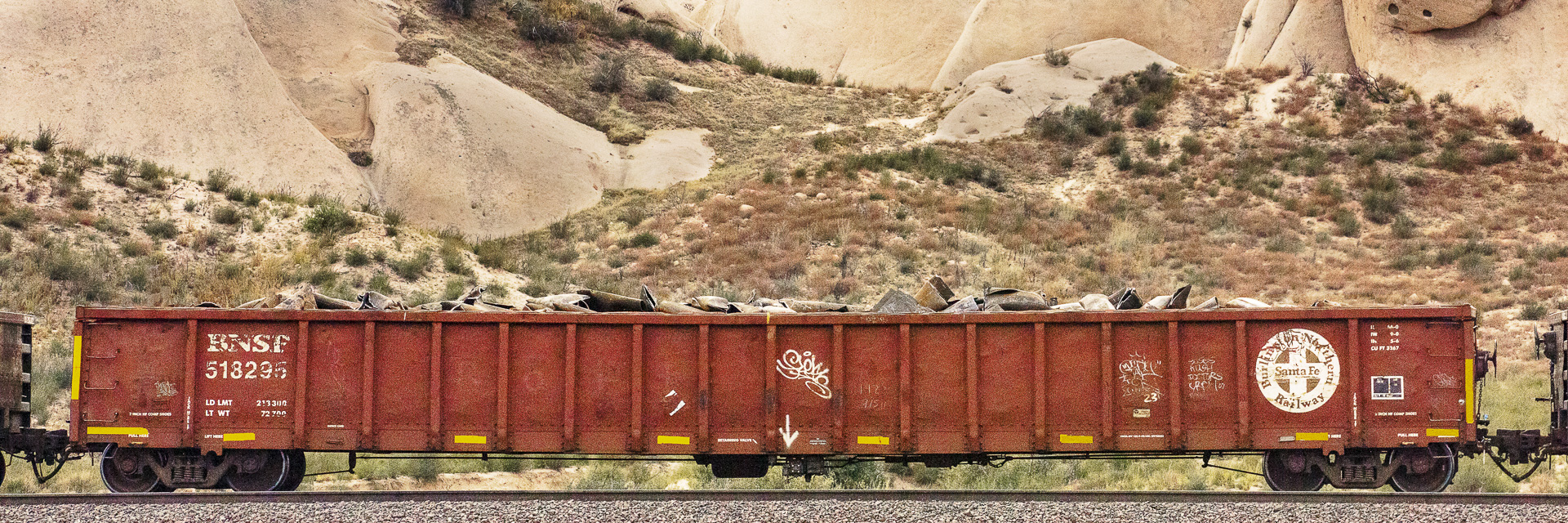
While shooting for “Passing Freight,” you mentioned that you were careful to not include too many freight cars that were covered in graffiti as you didn’t want street art to be the focus of the show. Knowing that freight trains are an easy graffiti target, did this alter your process? Were there any train yards you wanted to shoot but couldn’t?
In the gallery, we didn’t want to show too many cars covered in graffiti because the artwork of the graffiti then becomes more of the focus of the images then the image themselves. Originally I was being selective about what cars I was shooting. If I already had a blue boxcar that I liked, I might not shoot the next one. What I’ve grown to appreciate is all the subtle unique elements that each of these cars have. I now want to shoot every car that I come across and have the option to display hundreds of unique freight cars if I can. Imagine an 80 ft long wall covered floor-to-ceiling!
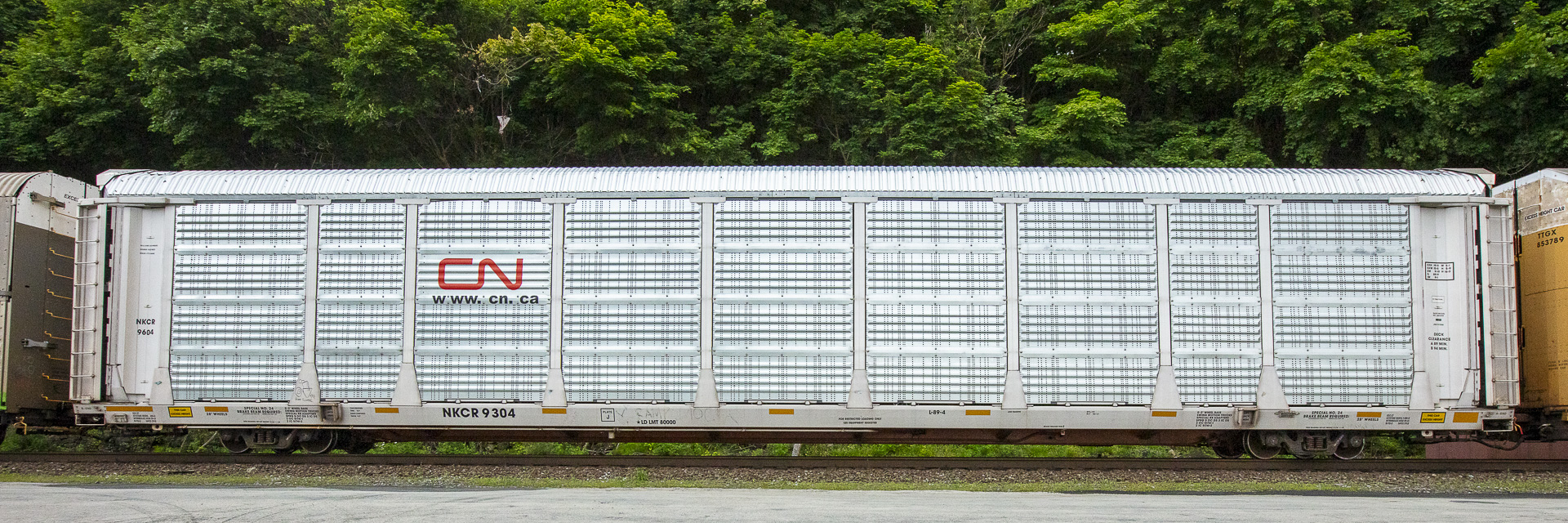
When shooting for the series, you traveled all over the US. What were some of your favorite spots that you traveled to and how did you map out your travels?
I have loved the locations I have found in New York and California particularly. As far as researching locations, Google is the way to go! Google earth and street views I can get a pretty good sense of the clearing of the area of where I can safely shoot from. I am looking forward to shooting more in the United States this year.

What else is coming down the pipeline for you?
Please stop by the Front room gallery to see “Passing Freight.” Another upcoming exhibition, “Sea Train,” will be on display on the SS Lilac this summer.
“Passing Freight” is on view through March 15th at The Front Room Gallery.
Related Articles
Israeli-born Sculptor Sheds Light on Mexican-American Border Crisis in New Exhibit
What's Your Reaction?
Alexandra Israel graduated from Bates College in 2010. A museum aficionado since her introduction to Jean Dominque Ingres' portraits as a small child, she enjoys spending her free time at museums and finding off-the-beaten-track gallery shows. Israel has been working in PR for over seven years, primarily within book publishing and in the art world. She has held positions at Penguin Book Group, Aperture Foundation, and Third Eye among others. l Instagram l

